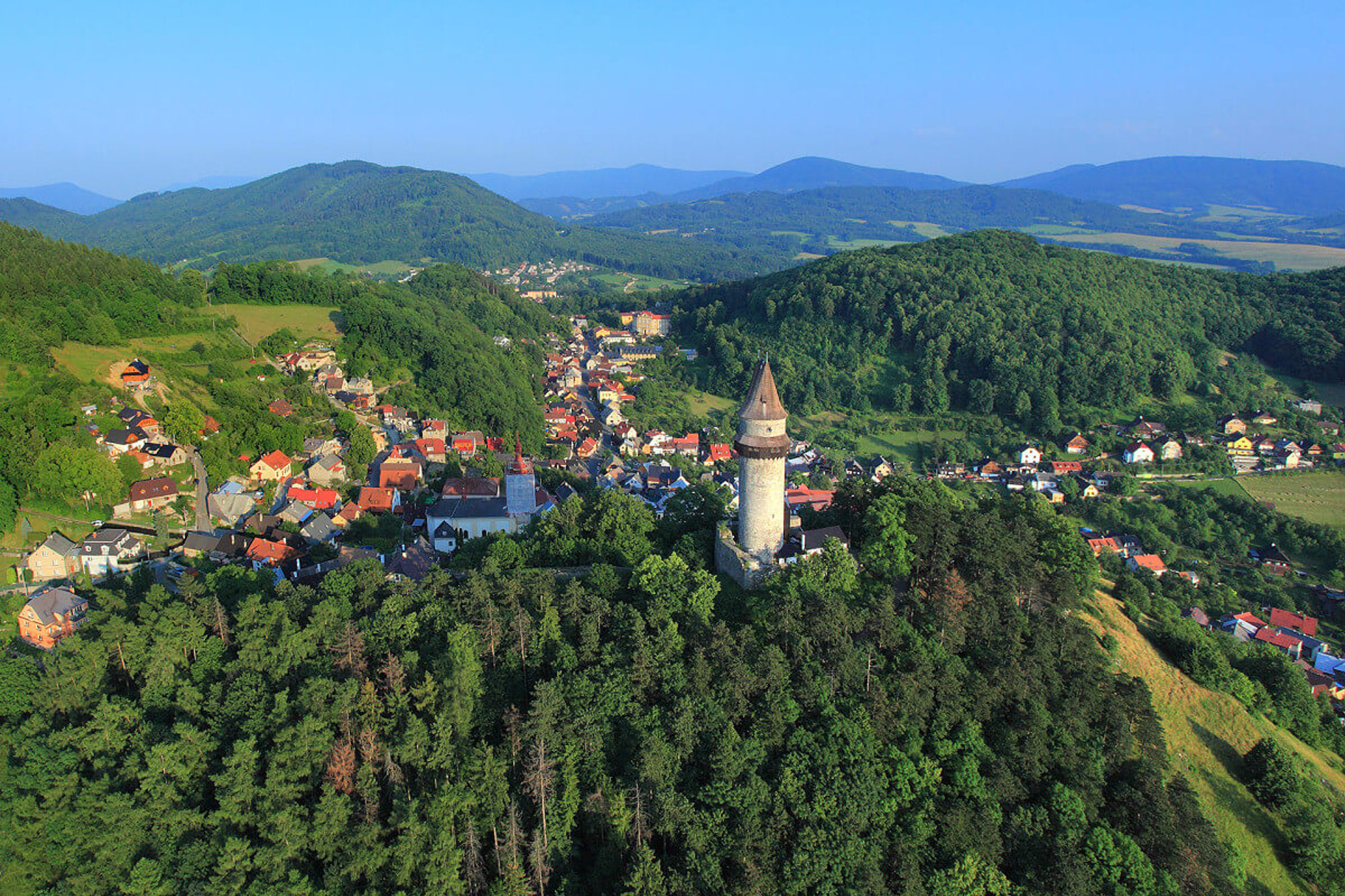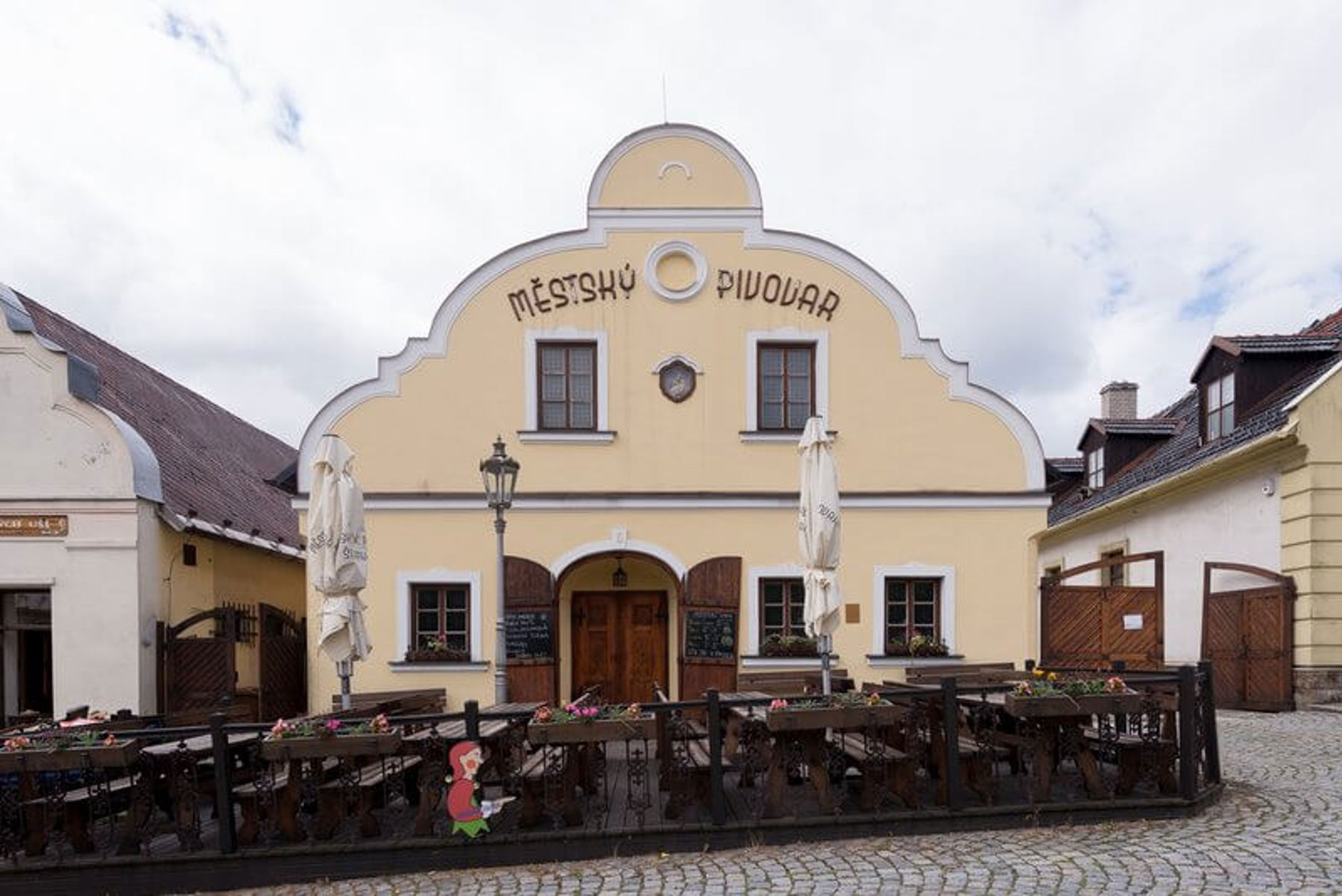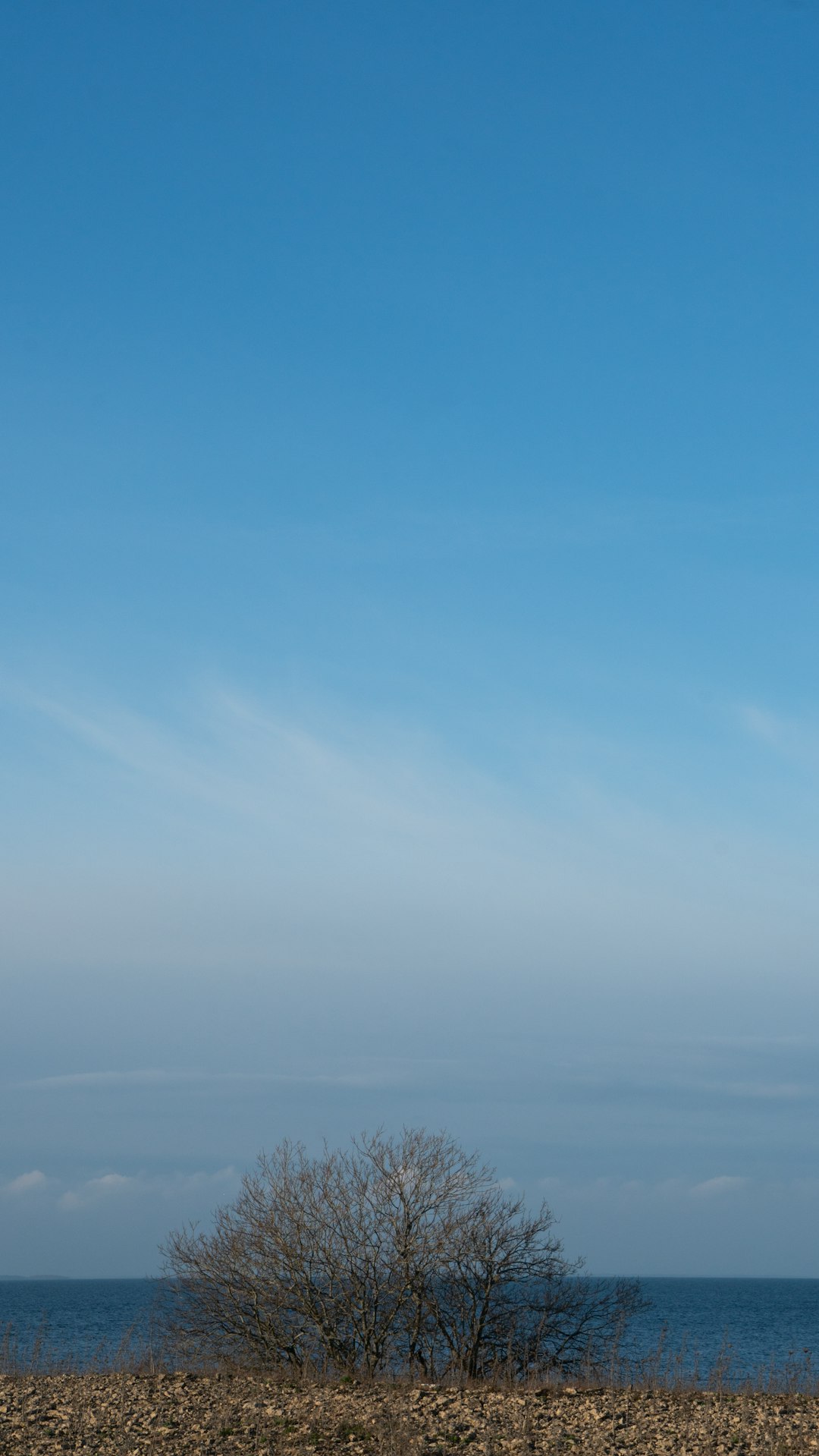Štramberk, located in the Nový Jičín district of northern Moravia, is an exceptional place where rich history and gorgeous natural beauty come together in a relatively small area. With its labyrinthine, picturesque lanes, mysterious legends, and wooden folk architecture, Štramberk is an fascinating locale for filmmakers, one that is still far from being fully discovered. It’s thanks to its scenic beauty that the town is nicknamed “Moravian Bethlehem”.

“In Štramberk, it’s like time has stood still. Narrow lanes lined with half-timbered cottages from the 18th and 19th centuries meander through the quiet town and the town square features more than twenty Baroque townhouses. Here you’ll find a multitude of romantic small-town spots, including an 18th century Baroque church, a chapel, fountains, or even an original well and pump,” says Hana Vítková of the Moravian-Silesian Film Office about the beauty of Štramberk.
Dominating the town is Štramberk Castle with its Gothic stone tower called Trúba – 40 meters tall and 9 meters in diameter. The tower is all that remains of the castle that was built here in the 13th century. Since 1903 it’s served as a watchtower – looming over the town with its typical roof, it conceals 180 steps that lead to the top of the tower, from which there’s a stunning view of Štramberk surrounded by the peaks of the Beskyd Mountains.
Adjacent to the Trúba castle tower, on the former site of the upper palace, sits an interesting structure from 1925 – the Jaroněk Shelter. Its interior underwent a complete renovation in 2015, which uncovered some beautiful decorative elements. The space belongs to the town, and is used occasionally for cultural events.
Not far from Štramberk, filmmakers will find another visually interesting site: the Šipka Caves in the side of Kotouč Hill, the most famous prehistoric site in the Czech Republic. The karst cave has an unusual shape and provided shelter for prehistoric people over 32,000 years ago. The entire cave complex stretches over 29 hectares; its most famous site is the main space with its collapsed ceiling (15 x 12 m). Two corridors lead from the space – the narrow Jezevčí díra (Badger’s Hole) and the 45 m long Stalactite Corridor. Šipka is the oldest known human settlement in the country – in 1880, a jawbone of a Neanderthal child was found here, considered a very important archaeological discovery.
To film in Štramberk, please contact Hana Vítková from Filmové kanceláře Moravskoslezského kraje, +420 734 766 746, film@mstourism.cz, or the town’s deputy mayor Oldřich Škrabal at +420 724 189 261 or mistostarosta@stramberk.cz.




































































